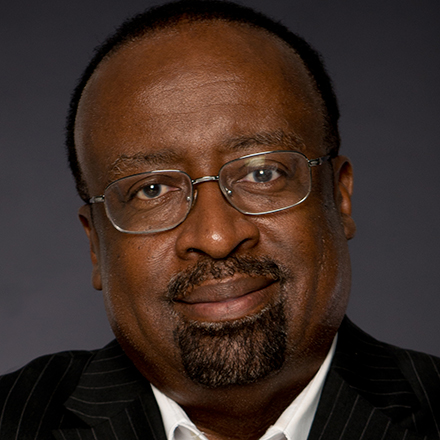Sanford: There’s a patriotic message behind desegregation busing

Otis Sanford
Otis Sanford is a political columnist, author and professor emeritus in Journalism and Strategic Media at the University of Memphis.
African-Americans were not about to just show up at all-white public schools and trust that they would be accepted. It required the power of the federal courts – and in some instances the muscle of the federal government – to force change.
Otis Sanford on demand
Never miss an article. Sign up to receive Otis Sanford's stories as they’re published.
Enter your e-mail address
Comments
Want to comment on our stories or respond to others? Join the conversation by subscribing now. Only paid subscribers can add their thoughts or upvote/downvote comments. Our commenting policy can be viewed here.